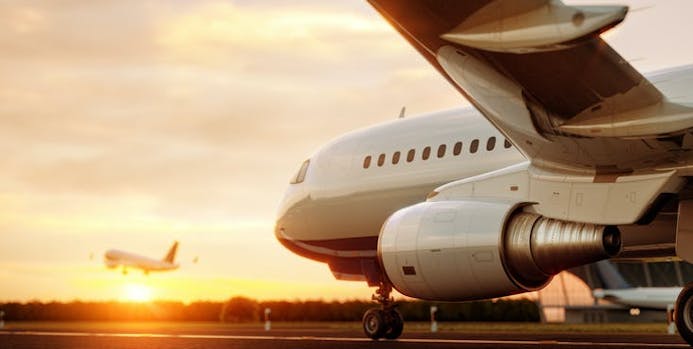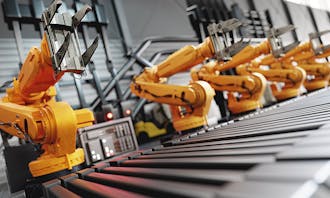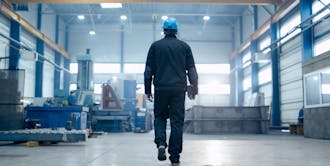When will electric aircraft really take off?
2019-10-29
3 min read
Concerns about emissions drove environmental campaigner Greta Thunberg to traverse the Atlantic Ocean via sea, rather than air. According to the EU, aviation is responsible for around three per cent of all man-made carbon dioxide emissions and with air traffic growth expected to double over the next 20 years, the figure is only going to rise.
Every minute, 84 flights take off worldwide and, in 2018, more than four billion journeys were made by plane. While it is true that today’s aircraft are around 80 per cent more fuel efficient per passenger-kilometre than 50 years ago, air traffic is growing fast. As well as the environmental implications, there is another motivation for airlines to make the switch to electric — cost.
Airlines spend 25 to 50 per cent of their costs on jet fuel — $180 billion a year in total — making the switch to electric a no brainer. From the passenger perspective, electric planes could mean cheaper tickets and quieter flights. According to Roland Berger consultancy, the number of electric aircraft in development increased 50 per cent in 2018 to 170 and investment is only set to increase.

What’s next?
Despite all the hype surrounding electric flight, the industry is still far from achieving widespread electric commercial flight. Currently, electric flight is confined to small aircrafts travelling short distances. One of the major limitations is the weight of batteries — because they offer a much lower power to weight ratio than traditional jet-engines, they’re extremely heavy — and we all know how fussy airlines can be about weight.
By using innovative composite materials, it is possible to achieve weight savings of up to 70 per cent on key components. Alternatively, by using metal 3D printing, which adds material only where it is needed and can produce lattice structures, manufacturers can reduce weight. Designing lighter, better planes, is part of the solution, but what we really need is higher battery energy density.
Who’s leading the way?
Aerospace companies large and small are working on electric aircraft. Airbus is working with Siemens and Rolls Royce to develop a hybrid electric airline demonstrator, which uses two electric motors and has a flight time of 60 minutes.
Another exciting project is Alice, unveiled at the 2019 Paris Air Show by Israeli company Eviation. Developed from 95 per cent composite materials, the plane will be able to carry up to nine passengers up to 1046 km, using one main pusher-propeller on its tail and one on each wing. The company is using Siemens and magniX to provide the electric motors.
Taking a slightly different approach, start-up Ampaire is developing a retrofitted electric aircraft, which it aims to have FAA certified by the end of 2020. Its range will be 100 miles and it will be able to carry seven to nine passengers.
At this point, short to medium range electric flight seems achievable and is on the horizon. This will make a difference — Roei Ganzarski of magniX says that two billion air tickets are sold each year for flights under 500 miles. However, according to the Air Transport Action Group, around 80 per cent of the carbon dioxide emissions from aviation come from flights over 1,500 km, so there is a long way to go.
It seems likely that hybrid aircraft will be the next step for the industry, rather than fully electric planes. Hybrids could plug the gap until the technological requirements for electric aircraft have been met, as these craft will save on fuel, while still retaining many of the performance benefits of the modern gas turbine or propeller-based engines.
Further developments in battery technology and in aircraft design are necessary for electric aircraft to truly take off. Until then, environmentalists may have to travel by boat. Environmentally savvy manufacturers looking to make their processes greener, could opt for a refurbished or remanufactured automation component, to save on new parts and reduce components in landfill.



